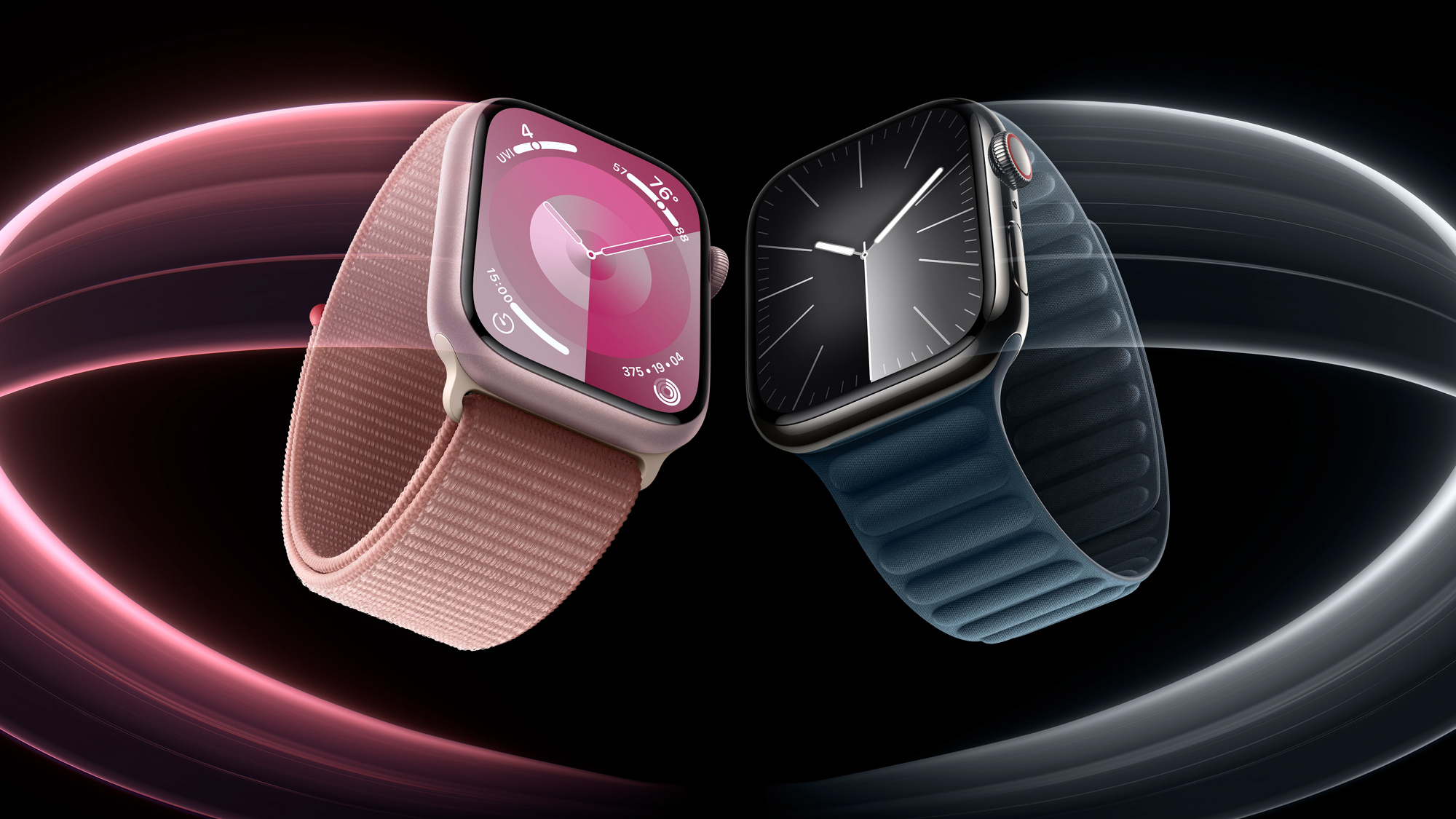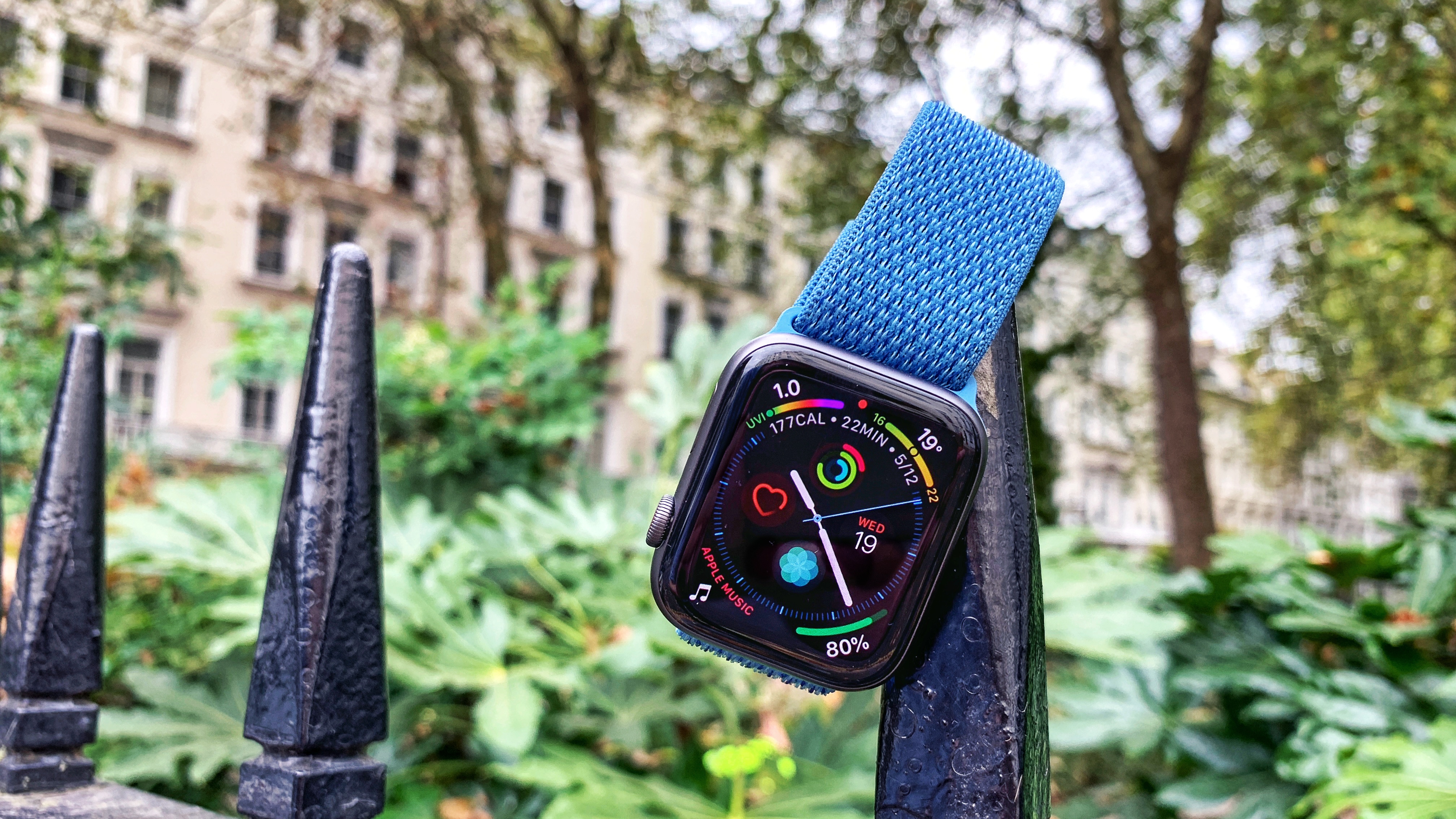
Since the Apple Watch first appeared in 2015 – and was initially sold more like a fashion accessory – its reputation as a seriously capable health and fitness tracker has grown and grown. And now it has a new seal of approval from regulators in the US.
As reported by MyHealthyApple (via MacRumors), the US Food and Drug Administration (FDA) has qualified the Apple Watch's atrial fibrillation (or AFib) history feature as an MDDT – or a Medical Device Development Tool.
That's a lot of acronyms to keep track of, but essentially it means the AFib readings on an Apple Watch 4 or later are able to be used to verify other medical devices in clinical trials. It's a major endorsement of the accuracy on board Apple's wearables.
The FDA notes this is the first digital health technology to be approved for MDDT use. Previously, the FDA has already given the thumbs up to AFib history on the Apple Watch, which means Apple is able to advertise the wearables as having this feature – though it's not at the level where it can replace a proper medical assessment.
Regular upgrades

Monitoring atrial fibrillation – irregular heart rhythms, essentially – is a feature intended for those who have already been diagnosed with the condition and are aged 22 or older, giving them a non-invasive way of checking the frequency of AFib signs.
Year on year, the Apple Watch has consistently added new health and fitness features, whether that's extra hardware sensors or additions to the software features (keep an eye out for watchOS 11 in June). Having the weight of FDA support behind it certainly helps in marketing the wearable as a reliable and trustworthy tracker.
There have been bumps along the way though: Apple is in an ongoing dispute over blood oxygen tracking patents, which briefly led to the Apple Watch 9 and the Apple Watch Ultra 2 being pulled from sale in the United States.
How that's going to affect the Apple Watch 10 remains to be seen. The device should be showing up around September time, and we've heard rumors about display and battery life upgrades, as well as some pretty significant design changes.







